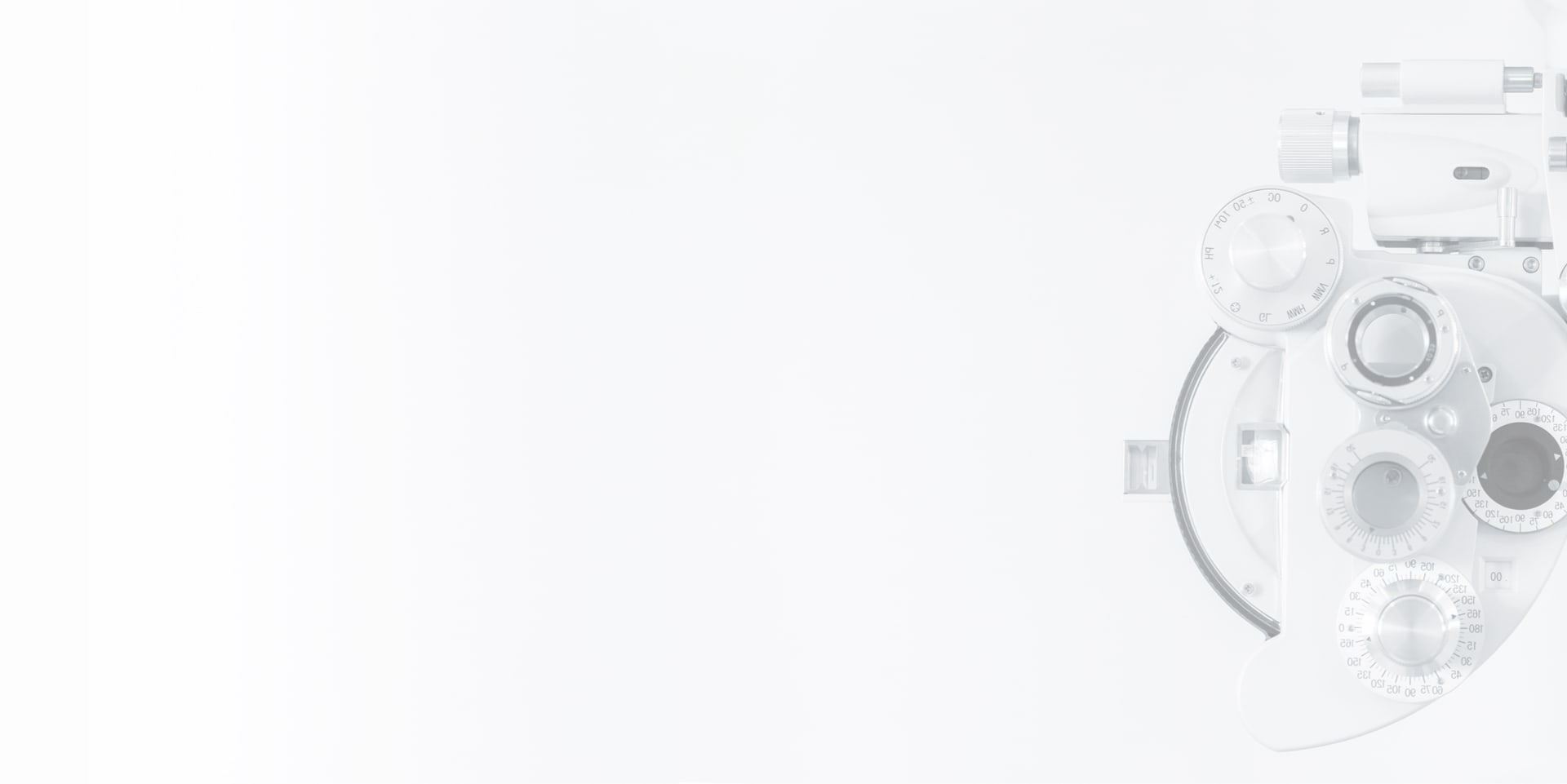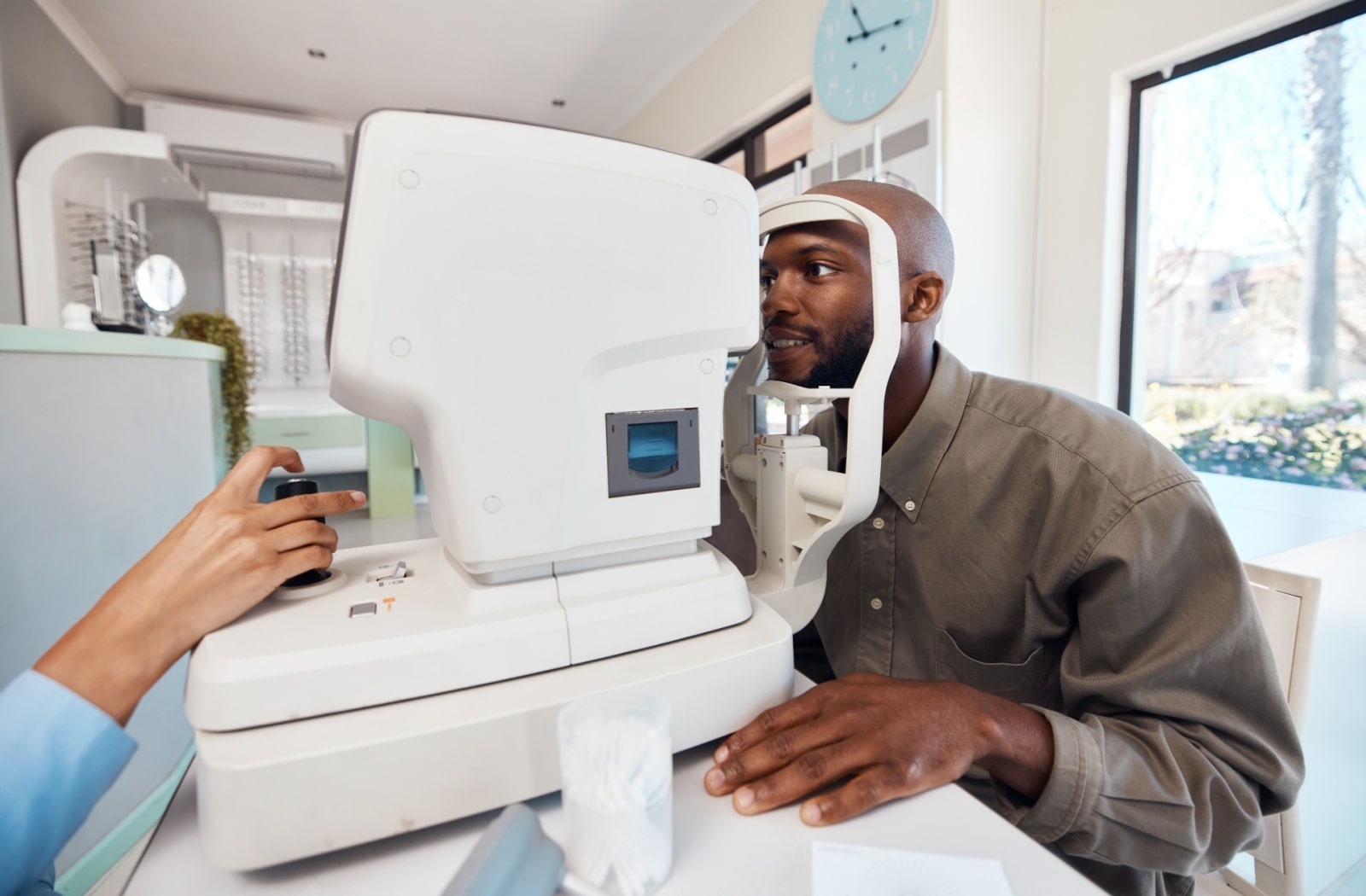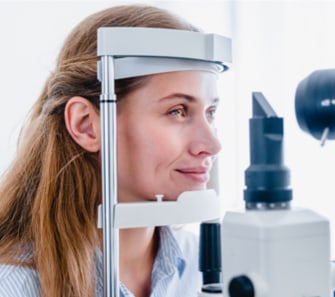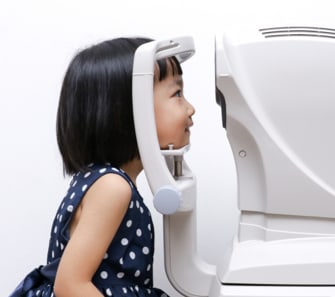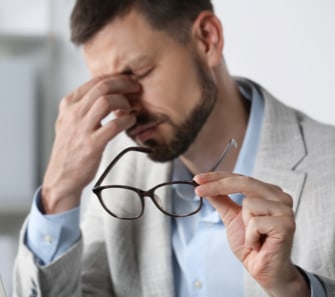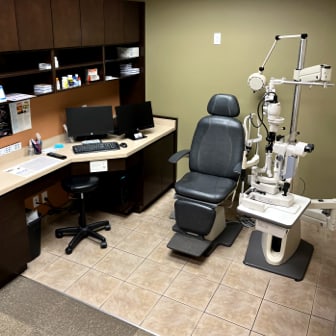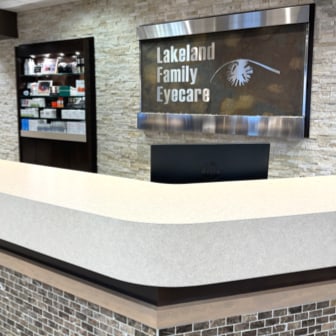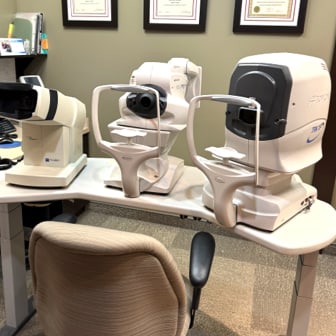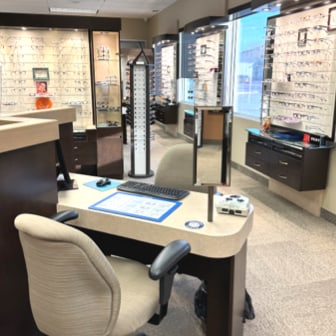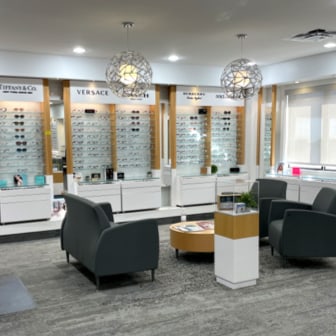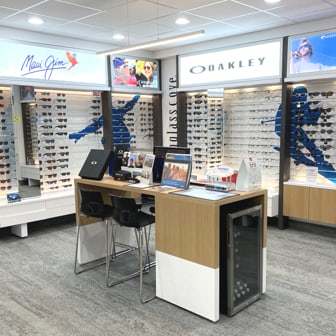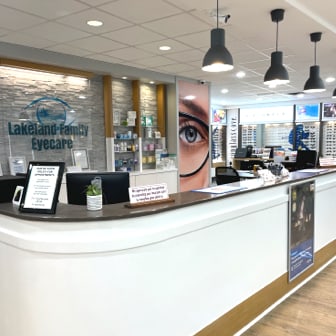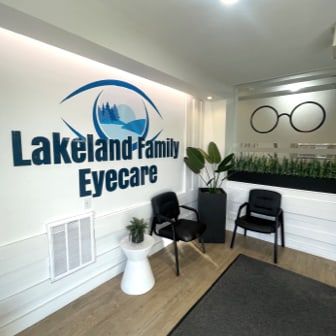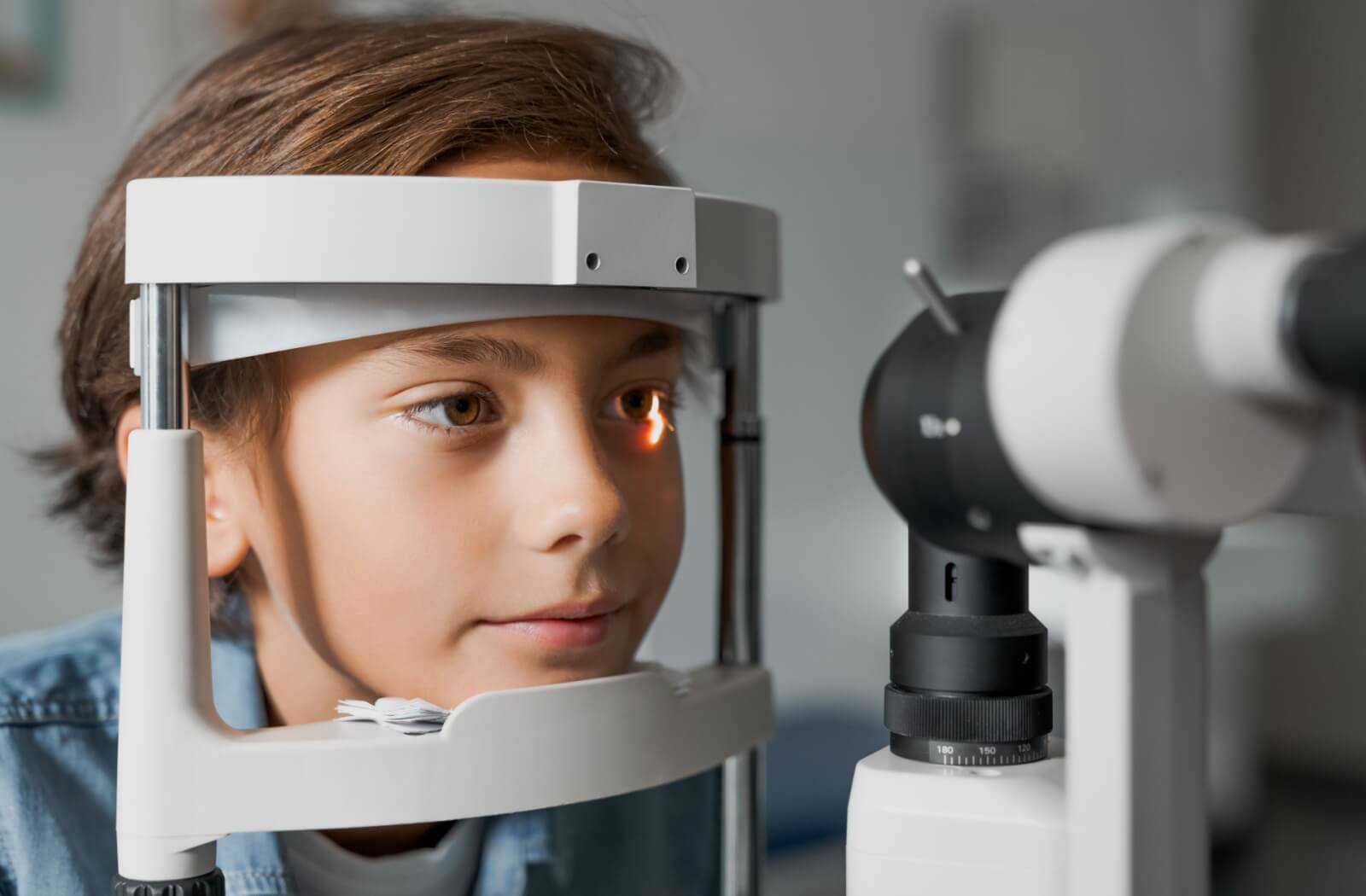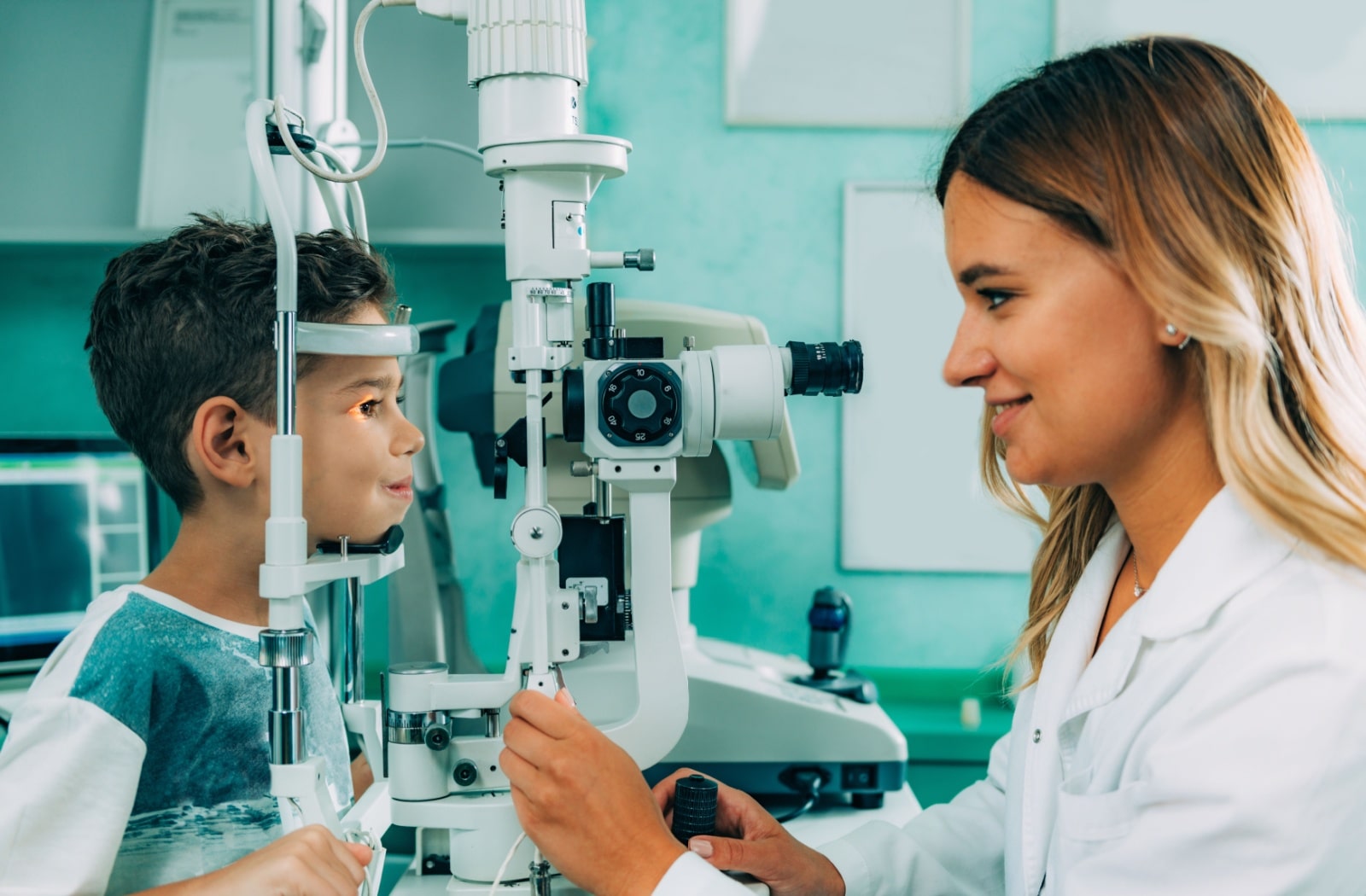When you visit an eye care clinic for a contact lens exam, several steps will be performed to make sure that your eyes are suitable for wearing contact lenses. Here’s a breakdown of what typically happens during a contact lens exam:
- Eye health evaluation
- Corneal topography
- Prescription assessment
- Trial lens fitting
- Instruction and training
Eye Health Evaluation
The first step in a contact lens exam is to evaluate the overall health of your eyes. Your optometrist will use various tools and techniques to examine the front surface of your eye and the inner structures, such as the cornea, iris, and optic nerve. This is important because wearing contact lenses requires healthy eyes to avoid potential complications.
Corneal Topography
Next, your optometrist may perform a corneal topography test. This involves capturing images of the surface of your cornea, which is the clear dome-shaped structure at the front of your eye. The results from this test will help determine the best type and fit of contact lenses for your unique eye shape.
Prescription Assessment
After evaluating your eye health and corneal topography, your optometrist will assess your vision prescription for contact lenses. This is usually done by having you read letters or numbers from a chart at different distances. Your optometrist will also ask about any specific visual needs, such as correcting astigmatism.
Trial Lens Fitting
Once your prescription is determined, you will be given a set of trial contact lenses. These lenses may vary in brand and type, as your optometrist wants to find the most comfortable fit for your eyes. You will also be asked to wear them for a certain amount of time so that your optometrist can assess how well they work for your vision and comfort.
Instruction & Training
Once the best fit is determined, your optometrist will provide instructions on how to properly insert, remove, and care for your contact lenses. This may also include information on potential risks and how to prevent them. It is important to follow these instructions carefully to protect the health of your eyes while wearing contacts.
Follow-up Visits
After receiving your contact lenses, you will be asked to schedule a follow-up visit with your optometrist. During this visit, your eyes will be checked to make sure that the contacts are still fitting properly and not causing any discomfort or complications. Your vision will also be assessed to make sure that the prescription is still accurate.
How to Prepare For Your Appointment
For a smooth and efficient contact lens fitting appointment, there are a few things you can do to prepare:
- Bring any previous contact lens prescription or boxes of contacts you currently use.
- Make a list of any questions or concerns you have about wearing contacts.
- Avoid wearing eye makeup to your appointment.
- If possible, wear your glasses instead of contacts on the day of your appointment.
- Be prepared to discuss any medical conditions or allergies that may affect your eyes and contact lens wear.
Questions to Ask Your Optometrist
During your contact lens fitting appointment, don’t be afraid to ask questions and voice any concerns you may have. Some questions you may want to ask include:
- What type of contacts do you recommend for my eyes?
- How often should I replace my contacts?
- What is the best way to care for my contacts?
- Are there any potential risks I should be aware of while wearing contacts?
- What should I do if my contacts are causing discomfort or irritation?
Taking Care of Your Contacts
Proper care and maintenance of your contact lenses are crucial to safeguard the health and longevity of your contacts and the safety of your eyes. Here are some tips for taking care of your contacts:
- Wash and dry your hands before handling your contacts.
- Follow the recommended wearing and replacement schedule for your specific type of contacts.
- Clean and disinfect your contacts according to your optometrist’s instructions.
- Avoid sleeping in your contacts unless specifically approved by your optometrist.
- Avoid wearing your contacts in water, such as while swimming or showering.
- If you experience any discomfort or irritation while wearing your contacts, remove them and consult your optometrist.
- Replace your contact lens case every 3 months.
- Attend regular check-ups with your optometrist to maintain the health of your eyes and the effectiveness of your contacts.
Find Comfort with Contact Lenses for Clear Vision
A contact lens fitting appointment is important in achieving clear and comfortable vision with contact lenses. It involves a comprehensive eye exam and consultation with your optometrist to determine the best fit for your eyes. Remember to follow any instructions given by your optometrist and schedule regular follow-up visits to protect the health of your eyes while wearing contacts.
At Lakeland Family Eyecare, we can guide you through the process of getting fitted for contacts and answer any questions or concerns you may have. Don’t let discomfort or irritation get in the way of enjoying clear vision—schedule a contact lens fitting appointment today!
